What Is the Symbol of Isfahan?
Isfahan, also famous by its other name, the half of the world, is the cultural capital of Iran. This city, being home to many great architectures, delicious culinary dishes, and amazing historic churches, is an unforgettable destination. The symbology of Isfahan is diverse and rich. So, when one thinks about Isfahan, many things will come to their mind at first thought. This city is truly a memorable place that can amaze anyone with its lovely magic. In this article, we will explore the symbol of Isfahan.
What Is Isfahan Known for?
The symbology of Isfahan includes many things. This city is the historical and cultural hub of Iran and has been the major tourist center for many visitors who want to explore the beauties of Iran. In the following, we will know what Isfahan is known for and explore the symbols of Isfahan names and their features.
Naqsh-e Jahan Square
Known as the center of culture and famous for its lovely architecture and its grand yard, Naqsh-e Jahan Square is one of the symbols of Isfahan. Beauty, history, and majesty are all combined in the Naqsh-e Jahan Square to exemplify true Persian art and power. Naqsh-e Jahan Square was also known by its other names, “Royal Square” and “Shah Square.”
Four historical monuments, known as Ali Qapu Palace, Shah Mosque, Sheikh Lotfollah Mosque, and Qeysarieh Gate, are around the square that showcase the beauty of Iran’s history and art. Isfahan was once the capital of Iran during the Safavid dynasty, and these buildings are a reminder of those times.
Jame Mosque of Isfahan
Jame Mosque of Isfahan is one of the oldest architectural sites of this city. We can consider Jame Mosque as the symbol of Isfahan in Islam as it is a display of Islamic architectural style combined with Persian art. Some say that Jameh Mosque of Isfahan is the most beautiful site in Iran and a true representation of Islamic architecture, which makes it very valuable and significant.
Many visitors and tourists describe this site as a stunning illustration and the best site to visit if you love and enjoy traditional Islamic architectural style.
Shah Mosque
Another mosque located in Isfahan within the Naqsh-e Jahan Square, which is also a symbol of Isfahan in Islam, is the Shah Mosque. This mosque dates back to the Safavid dynasty when Isfahan was the capital of Iran and home to the royal family. It is a masterpiece, and its beauty can be explored only from a close distance.
The architectural style of Shah Mosque is still a wonder for tourists and visitors alike. People used to gather in the Shah Mosque to pray. So, if you are going to travel to Isfahan, make sure to visit the Shah Mosque and Naqsh-e Jahan Square.
Sheikh Lotfollah Mosque
Sheikh Lotfollah Mosque is a masterpiece, standing out beside the other monuments and buildings of Naqsh-e Jahan Square, and is a beautiful example of Islamic architecture. Mohammad Reza Isfahani, who was the architect of this project, spent 16 years of his life completing this masterpiece. Today, like many other historical sites of Isfahan, the Sheikh Lotfollah Mosque is also a UNESCO World Heritage and attracts many tourists.
The mosque is easily accessible and is on the eastern side of Naqsh-e Jahan Square, which faces Aali Qapu Palace. Enjoy the beauties of Sheikh Lotfollah Mosque and appreciate it.
Chehel Sotoun
Called Chehel Sotoun in Persian, while it translates to Forty Columns in English, this palace is another masterpiece that has remained from the Safavid era when Isfahan experienced a lot of growth and development. Fascinating visitors with its simplistic yet eye-catching beauty, Chehel Sotun Palace is the first place that many tourists tend to visit.
The Persian Garden surrounding the Chehel Sotoun Palace is a key feature of this site and attracts locals and tourists. Interesting fact, the Chehel Sotoun Palace only has 20 columns, and the number forty is because of their reflections in the water.
Hasht Behesht Palace
Hasht Behesht Palace is surrounded by a beautiful garden and is the number one location that many people of Isfahan visit. It translates to “Eight Paradises” in the Persian Language, which mostly refers to its beautiful garden, a serene and peaceful location, ideal for relaxing and having a picnic day with your family.
The main goal of building Hasht Behesht Palace was to serve as a royal and private retreat for the families of the Safavid dynasty. Today, this beautiful garden is a popular sport for hanging out and enjoying the atmosphere of Isfahan, especially in the evenings.
Grand Bazaar of Isfahan
Have you ever heard about the Grand Bazaar of Isfahan? It is a place where many tourists and locals explore to buy souvenirs and other items. This place is the best spot for meeting locals, especially old people of Isfahan, and to hear the beautiful Isfahani accent, which is a beautiful accent for itself. Grand Bazaar of Isfahan is also known as Qeysarie Bazaar and belongs to the 16th century.
So, this bazaar is 500 years old and belongs to the category of most important locations of Isfahan and is considered a symbology of Isfahan.
Goosh-e Fil with Doogh
The symbol of Isfahan’s culinary dishes and one of the most famous and strangest combinations is Goosh-e ّil with Doogh. This item, known as Goosh-e Fil, is a local sweet that you can find in many spots of Isfahan. It is best served with Doogh or the famous yogurt-based cold beverage.
Tourists who travel to Isfahan are surprised when they hear about this combination, hence, we should say that Goosh-e fil with Doogh is one of the best things you can eat and will change your mind. Goosh-e Fil can also be preferred with tea and hot drinks, but it is a must-try item.
Isfahan Beryani
Another popular dish of Isfahan is Biryani, a special culinary item prepared uniquely and specially with a magical taste. Beryani is the first thing that many tourists try in the restaurants of Isfahan to explore its taste and enjoy it. This food is highly recommended by locals.
Trying Beryani is a great way to start exploring the culinary tastes of the Isfahani people and prepare yourself to learn more about their cultural foods. Cinnamon, meat, onion, sheep lung, saffron, and almonds are some of the ingredients that are used in preparing this special culinary item.
Khoresh Mast
Khores Mast is a traditional Iranian food item that originates from the cultural hub of Iran, Isfahan. It is a type of dessert that can be unusual for some tourists for its ingredients or even being served as a side dish or appetizer. This lovely food item is made of sugar, high-quality rosewater, and saffron as the key ingredient, yogurt, onion, egg yolk, turmeric, and meat.
This combination is super beneficial for health and is a delicious mix of different items and ingredients. Make sure to try Khoresh Mast while visiting the beautiful city of Isfahan.
Gaz Candy
Persian Nougat is the Isfahan’s symbol as a souvenir and a great candy to serve with tea. It is very delicious, and once you try it, you will crave more. The super flavorful Gaz Candy is made of nuts like pistachios, rosewater, and sap. This souvenir or candy from Isfahan comes with many health benefits, and you can eat it with tea or coffee.
Some say that this lovely candy has been around in Isfahan for more than 500 hundred years, so it is very old and comes with delicious flavors that have been passed on through generations. Gaz Candy is the symbol of Isfahan.
Mina Kari
Isfahani people were famous for their artistic spirit. Mina Kari is another artful process that involves decorating items, especially metal, silver, gold, ceramic, and bronze. Today, this art is usually applied to copper, and still, Isfahani people showcase their art and works in their stores and shops.
Khatam Kari
Khatam Kari, another symbol of Isfahan, is the Persian art of Marquetry and was a local tradition among Isfahan’s people. The old people of Isfahan used to decorate the surface of wooden or metallic objects, which was very common among people. Today, we can see great objects that are decorated with Khatam Kari in Isfahan, which can be ideal souvenirs of this city.
Si-o-Se Pol Bridge
Built between 1599 and 1602 in the Safavid era, the Si O Se Pol Bridge is still a magnificent architecture that reflects Islamic and Persian artistry. With a total length of 297.76 meters and a total width of 14.75 meters, the Si-o-Se Pol Bridge remains an iconic landmark in Isfahan, and some consider this place as the symbol of Isfahan in Islam.
Si-o-Se Pol Bridge spans Zayandeh Rud and provides a great opportunity to have unbelievable views of the city and Zayande Rud. The bridge of 33 arches, or Si-o-Se Pol, is a must-visit destination for anyone interested in the symbology of Isfahan.
Khaju Bridge
Similar to the Si-o-se Pol Bridge, the Khaju Bridge is also another significant landmark known as a multifunctional bridge. Meaning that it can serve as a recreational space while it can also be a river crossing. Khaju Bridge is relatively smaller in length and width than its bigger brother. This bridge was also known as the Shah Bridge and was the most beautiful bridge in the world during the Safavid dynasty. There are many poems and descriptions about this bridge that have been written by great poets and writers, showing the importance and significance of this iconic landmark.
New Julfa
The Armenian Quarter of Isfahan, which is also considered a symbol of this city, is a great spot to explore, especially if it is your first time traveling to Isfahan and you want to capture both Asia and Europe in one frame. New Julfa is famous for its serene beauty. Walk across the streets of the New Julfa district, explore museums, go to churches, meet locals, and visit their restaurants and coffee places. You will surely have great times in this district of Doha, and it will be your favorite memory.
Vank Church
Vank Cathedral, or Vank Church, is Isfahan’s most famous Armenian church that is located in the New Julfa district. Vank Church is an architectural masterpiece that showcases beauty and majesty at the same time. Vank Church includes biblical paintings and colorful ceramics and tiles that can amaze anyone.
You can behold cultural and religious stories on the walls of Vank Church. Today, Vank Church has become a museum that tourists can visit and explore its beauties. This church dates back to the 17th century, so visit this spot if you are a history buff. It can create unforgettable memories for you.
Charbagh Street
Situated on the south side of Siose Pol Bridge, Charbagh Street is one of the oldest streets in Isfahan and another symbol of Isfahan. This street is 5 kilometers long and is a spot where many people stroll around every day. It has a lovely atmosphere, and you can smell centuries and history by walking in the streets of Chrabagh. Old leafy trees, old houses, and simple designs of the items are the most common things you will notice on Charbagh Street. There are many parks and restaurants within the street you can visit and have a great time with your loved ones.
Final Words
Isfahan is one of the most ideal destinations to visit in Iran. The cultural capital of Iran, Isfahan, has many attractions and delights that can amaze tourists and visitors. This place is a magical location and a great place to make unforgettable memories with friends and family. One of the best places to visit is the Great Mosque of Isfahan, which is the symbol of Isfahan in Islam. Moreover, visitors can explore Si-o-Se Pol Bridge, Vank Church, Palaces, and its beautiful streets, such as the New Julfa district. So, make sure to visit this magical destination and enjoy its atmosphere.
Are you planning to travel to Iran and looking for an Iran travel agency? Please read things to do in Isfahan and Check out our Iran tours.


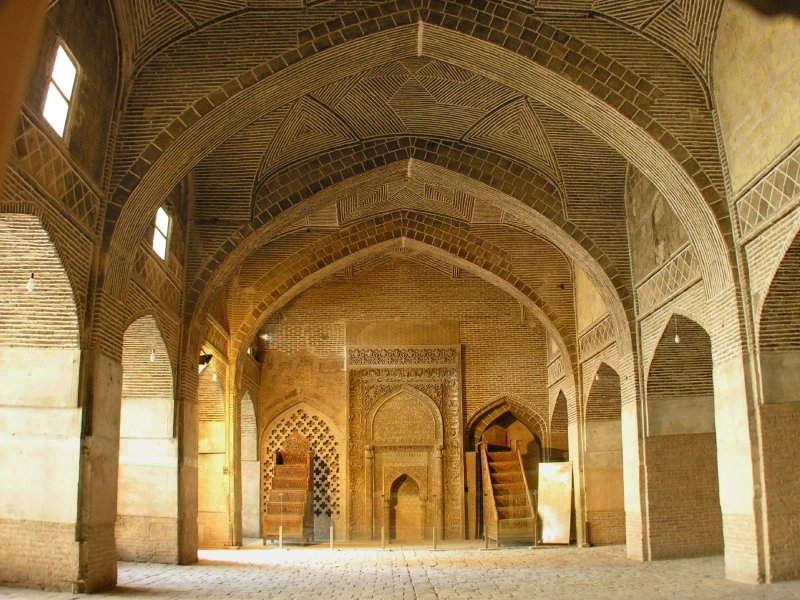
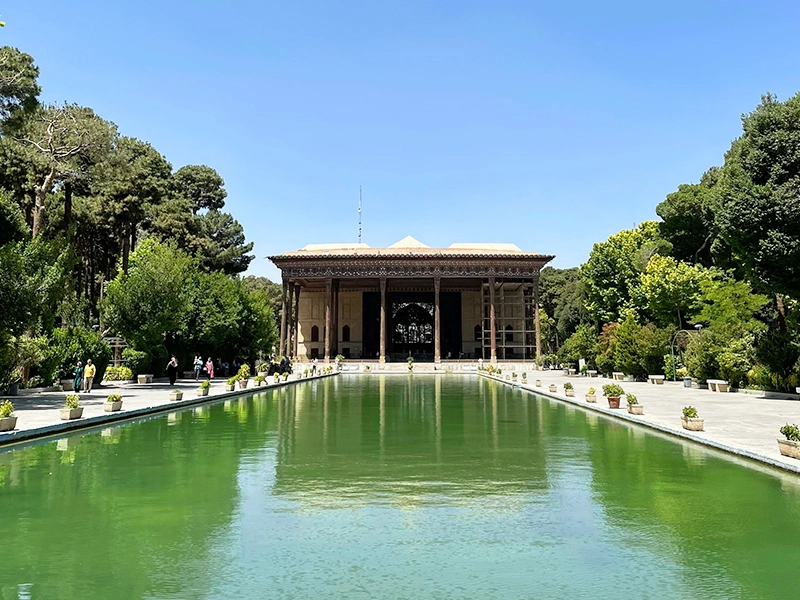
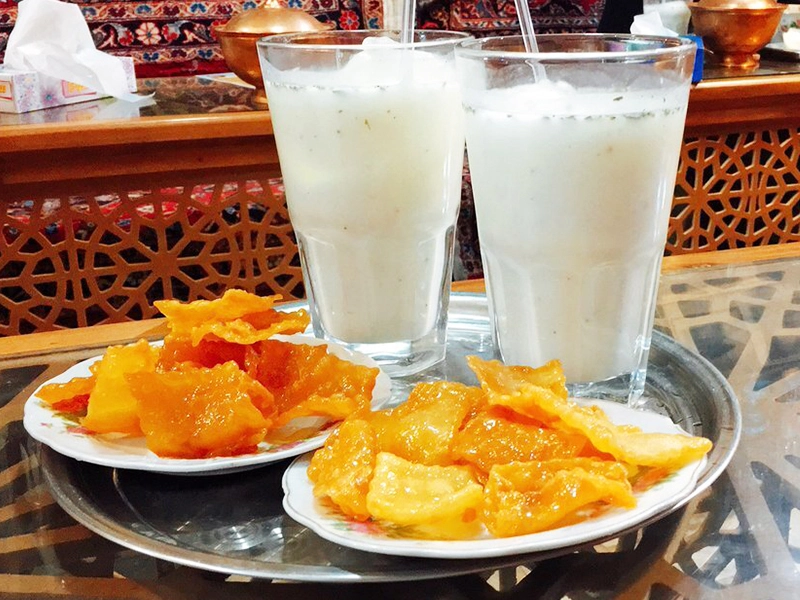
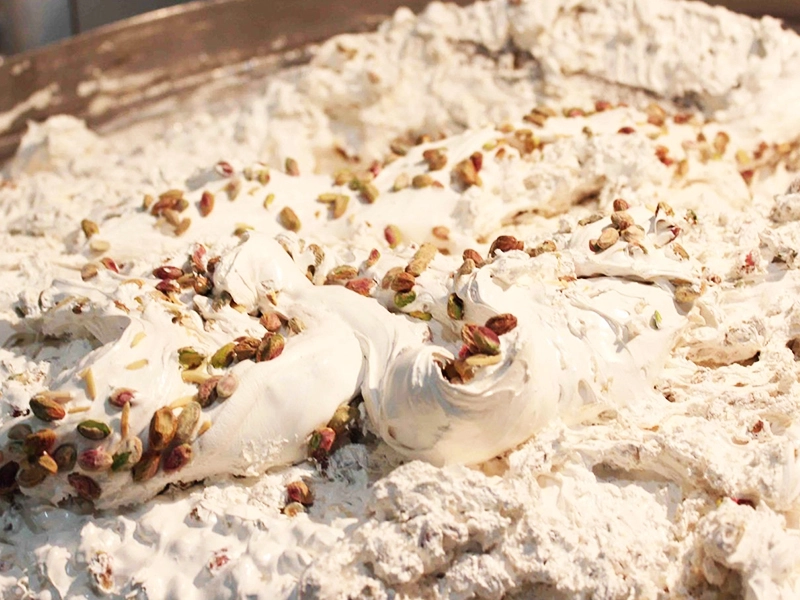
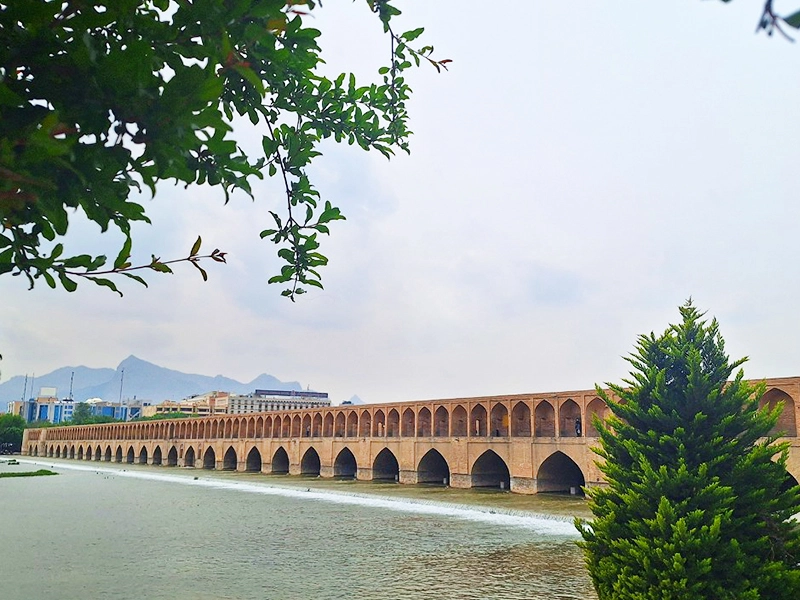
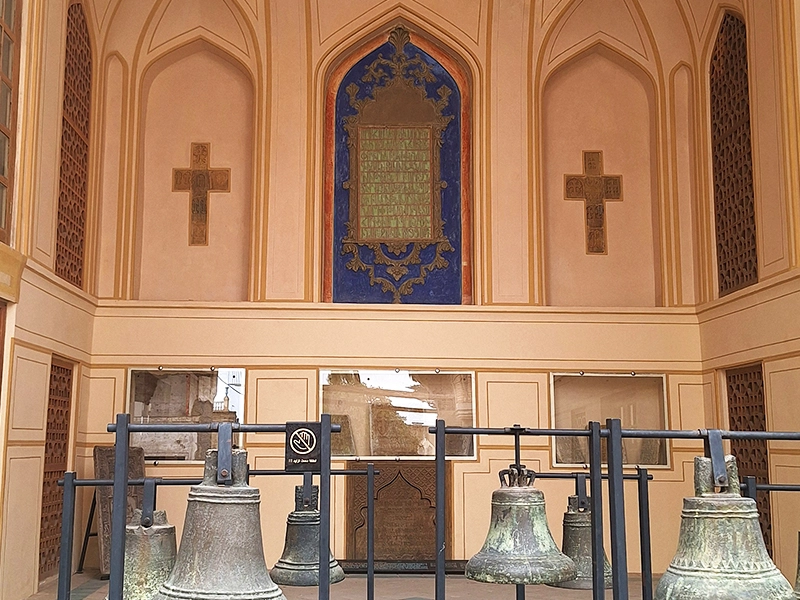




Leave a Reply
Want to join the discussion?Feel free to contribute!